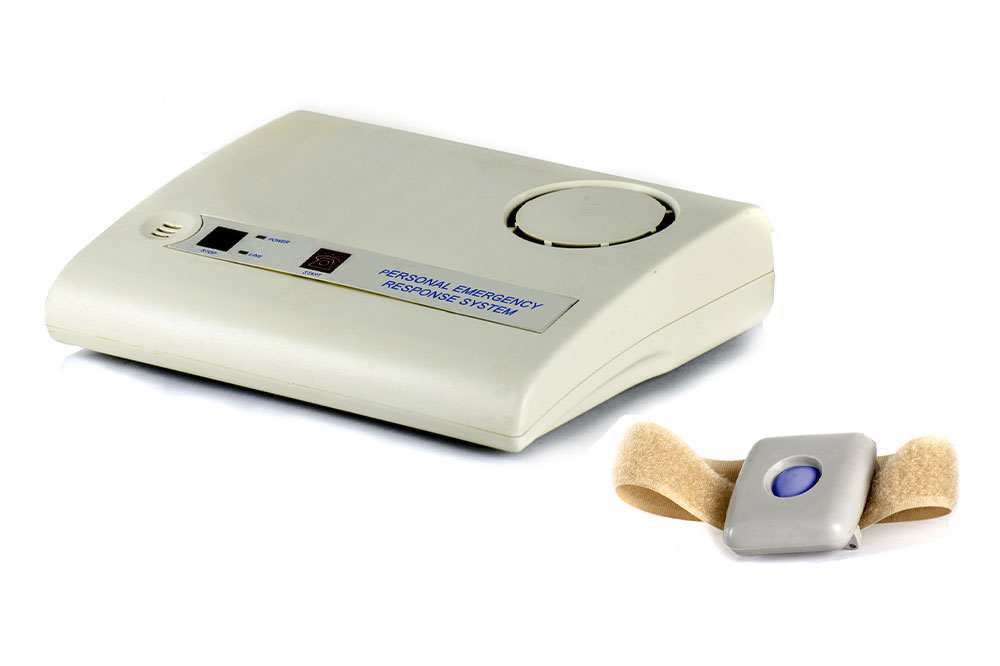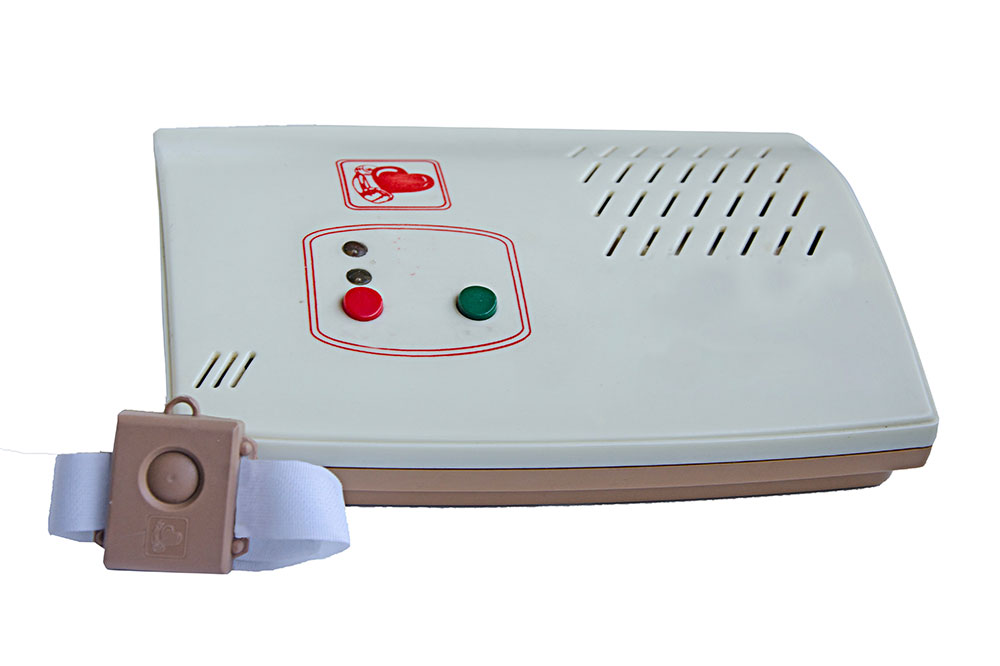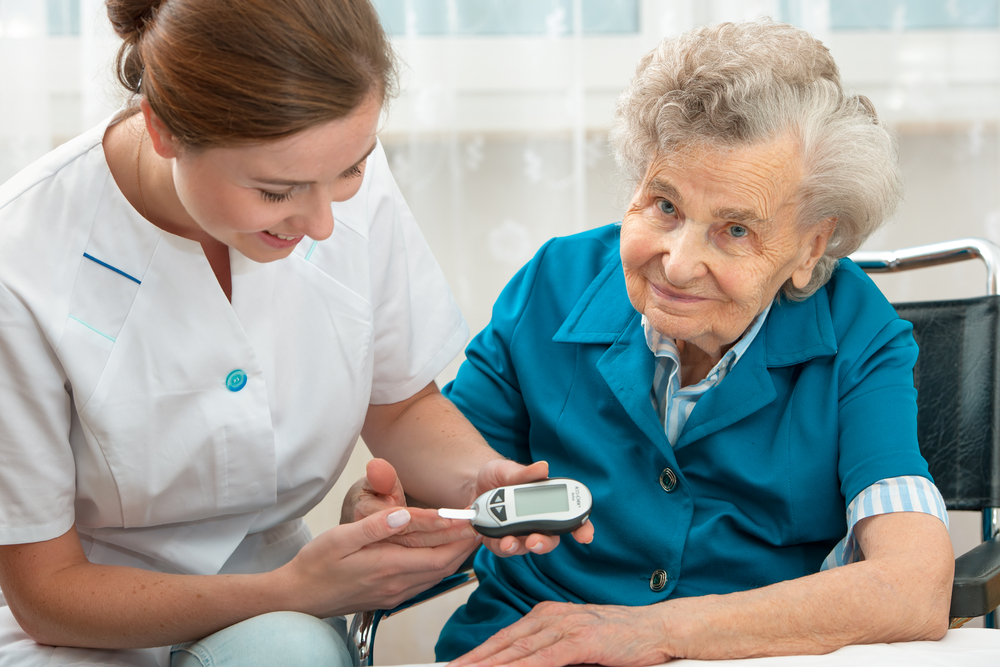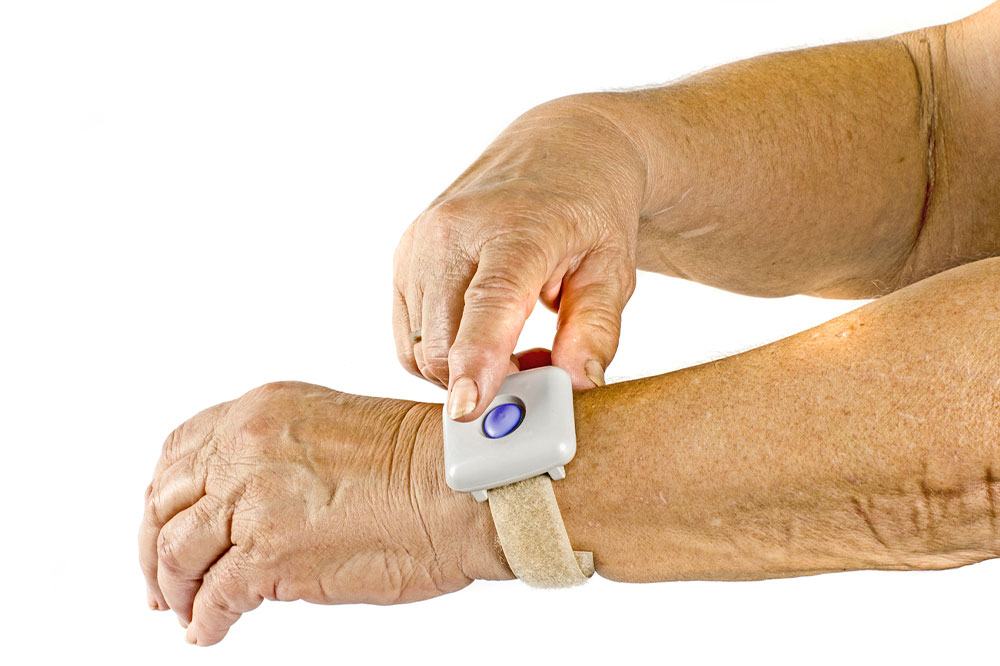Comprehensive Guide to Choosing the Right Medical Alert System for Your Loved Ones
Choosing the ideal medical alert system is crucial for ensuring safety and quick emergency response for seniors and individuals with health concerns. This comprehensive guide discusses key factors such as device types, features, response effectiveness, and costs, helping you make an informed decision. Understanding these aspects can provide peace of mind, bolster independence, and foster reliable emergency support in critical moments. Explore how to select a system tailored to personal needs, ensuring the safety and well-being of loved ones with ease and confidence.

Important Factors to Consider When Selecting Medical Alert Devices
In today’s healthcare landscape, medical alert systems have become an essential tool for ensuring rapid assistance during emergencies, especially for seniors and individuals with health concerns. These systems are designed to instantly alert emergency responders, healthcare providers, or designated contacts at the push of a button, providing critical support that can be life-saving. As technological advancements continue to reshape emergency response mechanisms, choosing the right medical alert system requires careful consideration of various factors including device type, features, response efficiency, costs, and user friendliness. This guide aims to help you navigate the complex choices involved in selecting a system that offers maximum safety, convenience, and peace of mind for your loved ones.
Choosing the Right Device Type and Design
One of the initial decisions involves selecting the appropriate type of device. Medical alert systems typically come in wearable forms such as necklaces, bracelets, or watches, as well as fixed-installation units installed in the home. Wearable devices offer portability and immediate accessibility, making them ideal for active individuals or those who frequently leave the house. Fixed units, on the other hand, are often connected to landlines and serve as reliable solutions within a stationary environment. When considering device design, factors such as coverage range, connection type (cellular or landline), battery life, durability, and ease of use should be assessed. A device with long battery life and reliable connectivity ensures continuous protection without interruptions, particularly in emergency situations where timing is critical. Additionally, remote functionality, such as the ability to alert family members or caregivers via mobile apps, can further enhance responsiveness and support.
Essential Features and Additional Capabilities
The core features of any medical alert device should include the ability to call emergency services or designated contacts quickly and reliably. Fall detection is a highly valuable feature, automatically alerting caregivers if a fall occurs, which is especially crucial for seniors at increased risk of injury. Remote health monitoring capabilities, such as blood pressure or heart rate tracking, are increasingly common and provide added oversight for healthcare providers and family members. Other beneficial features include GPS tracking, enabling location sharing in real-time—particularly helpful for outdoor activities or wandering individuals. Daily check-ins, activity monitoring, and reminders for medication or appointments can further enhance the system’s utility, promoting independence and safety. Integrating security measures, like two-way voice communication or environmental sensors, can also improve overall safety and emergency preparedness.
Response Effectiveness and Emergency Handling
A paramount consideration when choosing a medical alert system is its responsiveness. It’s essential to verify whether the system connects to local emergency response centers or dedicated monitoring stations that operate efficiently in your geographic area. Features such as automatic fall detection and emergency call routing can significantly reduce response times. Additionally, assess if the system can reroute emergency calls to different responders if the primary center is unavailable, ensuring continuous support. Excellent customer service, prompt grievance resolution, and reliable technical support are fundamental components of a dependable service provider. User feedback and reviews can provide insights into system responsiveness and effectiveness during actual emergencies, helping you make informed decisions.
Cost Considerations and Accessibility
Pricing is a crucial aspect that influences long-term usage and user satisfaction. Evaluate the total costs involved, including device purchase or rental fees, monthly or annual service subscriptions, replacement costs, and potential repair services. Confirm whether the system is available in your area and if the provider offers comprehensive coverage. Subscription terms should be clear, with flexibility regarding cancellations and upgrades. Warranties and customer support services add value by ensuring device reliability over time. Explore options for discounts, insurance coverage, or assistance programs—especially if affordability is a concern. Opting for a system that balances cost with robust features and high response quality is essential for peace of mind and sustainable use over the years.
In summary, selecting the right medical alert system involves evaluating device types, features, response times, costs, and user-friendliness. A carefully chosen system not only provides immediate emergency assistance but also promotes independence and confidence for your loved ones. Taking the time to research different options, understand their capabilities, and consider personal needs will ultimately lead to a decision that enhances safety and quality of life for elderly family members and those with health vulnerabilities.





